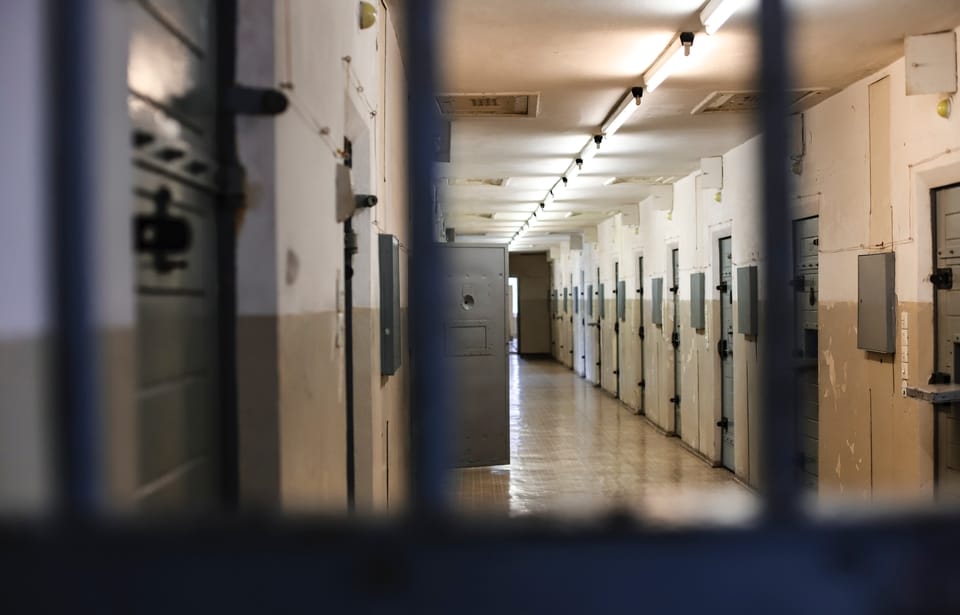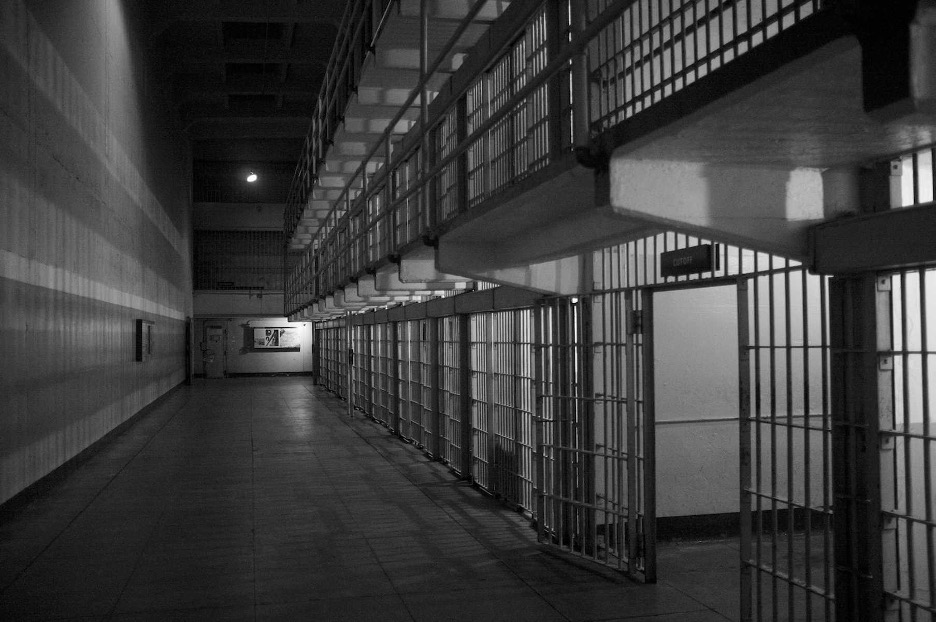
As organizations nationwide adapt to life during the COVID-19 pandemic, public safety agencies are among those facing additional challenges. This includes jails and prisons, which must implement protocols to keep inmates safe from the life threatening virus. Reducing the spread may be difficult, but there are several ways to prepare and prevent against the illness for the incarcerated and workforce staff within these facilities.
Why are prisons problematic for COVID-19?
First and foremost, with inmates being held in close proximity to one another, there are limited opportunities to practice social distancing. The CDC recommends maintaining a distance of six feet from other people, which is nearly impossible in small cells that often have beds spaced only three feet apart.
Additionally, many occupants come from socioeconomic backgrounds that are more likely to limit their access to healthcare outside of prison; then, after being incarcerated, living conditions often intensify underlying health conditions. Even outside of a pandemic situation, these close quarters can increase the spread of common illnesses and leave inmates—especially those with compromised immune systems—more vulnerable.
How to Prepare Prisons Before a Virus
If your facility has not experienced an outbreak, the following ideas are some of the ways you can help prevent cases.
Share Information with Partnering Organizations
Regular communication with state and local health department, facilities similar to yours in the area, and law enforcement can help generate new ideas and keep external teams on the same page. This can also make it easier to stay abreast of updates to safety regulations, recommendations, and more.
Review Hazard Plans
How frequently do you review the plans your facility has in place for disasters? Examining these plans and making any necessary updates will help protect both inmates and employees. Implement these changes ahead of time, so you’re prepared in case of an emergency situation.
Re-Examine Your Sick Leave and Remote Policies
Encourage your staff members to stay home if they are experiencing any symptoms or have been in contact with someone who has tested positive for the virus. In order for this to be successful, employees must have an adequate number of sick days at their disposal. This also requires your facility to be prepared to backfill any unexpected vacancies that result from an increase in sick leave; therefore, reviewing these processes early is key in creating an actionable prevention plan.
Additionally, if any employees can fulfill their duties remotely, consider allowing these individuals to work from home when possible. This will decrease the number of people physically inside your facility, simultaneously reducing the number of people who can become infected and spread the illness.
Provide Adequate Personal Hygiene Resources
Instead of charging inmates for basic health necessities, provide these items free of charge so everyone has access to the supplies they need. This includes supplies like soap, tissues, and hand sanitizer that contains at least 60% alcohol.
Limit In-Person Visits
Although this may be a trying time for inmates and family members alike, limiting in-person visits will reduce the likelihood of spreading the virus—either from a family member bringing it into the facility or an inmate spreading it to the public. If these visits are limited, though, consider increasing non-contact options; phone privileges can be increased and calls can be made free of charge. In the event that in-person visits cannot be paused, you can still screen guests for symptoms before they enter.
How to Prevent the Virus from Spreading
It is likely that your facility will see cases of COVID-19, so it’s crucial to know what steps you can take to minimize the spread once it enters the prison.
Continue Communication with Partners
As previously mentioned, maintaining ongoing communication with partner agencies and law enforcement will allow you to stay aware of any changes in regulatory requirements or suggestions for managing the virus.
Practice Social Distancing, When Possible
Maintaining a distance of six feet may not always be possible, but should encouraged, particularly in common areas like cafeterias where more people may be present. This may also include cancelling group activities; however, if these activities stop, alternate options should be offered to protect the mental health of incarcerated individuals.
Stop Inmate Transfers
Bringing inmates from other jurisdictions or facilities to your location—or moving incarcerated people from your facility to another—can rapidly cause the virus to spread if anyone transferred has contracted the virus. Limit transfers to only take place for medical purposes, if possible.
Reduce In-Person Contact with Criminal Justice Personnel
Technology is playing an increasingly beneficial role in criminal justice processes, offering the ability to utilize remote communications like video hearings and parole or probation meetings. This allows the necessary proceedings to take place while keeping everyone involved as safe as possible.
While this type of technology is helpful, limiting the use of other types may be recommended. GPS or electronic monitoring devices must be installed by correctional staff members in-person, so reducing the use of these items will lessen the necessary person-to-person contact. Additionally, the people using these devices must get permission to leave designated areas, so they may be deterred from seeking appropriate medical treatment in a timely manner if they’re forced to wait on manual responses.
Practice Good Hygiene and Sanitation
Following the coronavirus outbreak, the CDC released numerous guidelines and FAQs for cleaning, offering specific suggestions for correctional and detention facilities. These include:
- Increase the number of staff responsible for cleaning common and widely used areas
- Check staff members’ temperatures before letting them enter the facility
- Provide PPE (personal protective equipment) like face masks and gloves for inmates and staff members
What to Do When Inmates Experience Symptoms
Fever, cough, and shortness of breath are some of the symptoms commonly connected with COVID-19. When inmates show signs of these or other symptoms, you need to have a plan in place for their safety and that of everyone else in your facility.
Perform Pre-Intake Screenings
Before anyone is allowed to enter the building, conduct a screening to check for virus-related symptoms. Since a fever is a common symptom, taking everyone’s temperature can help identify people who may be otherwise asymptomatic. Non-contact devices are available to let your staff do this safely.
Require Face Masks
In order to reduce the spread of the virus, consider enforcing face mask requirements for anyone inside your facility. Masks will help protect people from getting infected and prevent those experiencing symptoms from spreading them as quickly.
Isolate Infected Inmates
When inmates begin experiencing symptoms, they should be isolated as much as possible and be treated by healthcare staff. Anyone who tests positive for the virus should be quarantined for 14 days. Anyone who has come in close contact with someone who tested positive should also be quarantined for 14 days and be monitored for symptoms twice a day.
While completely preventing the virus from making its way into your facility may be difficult, you can take action to reduce the likelihood and be prepared to take action when necessary. For more information about ways to manage prison and jail populations, correctional facilities, or your own public safety agency during the COVID-19 pandemic and beyond, subscribe to our blog.


